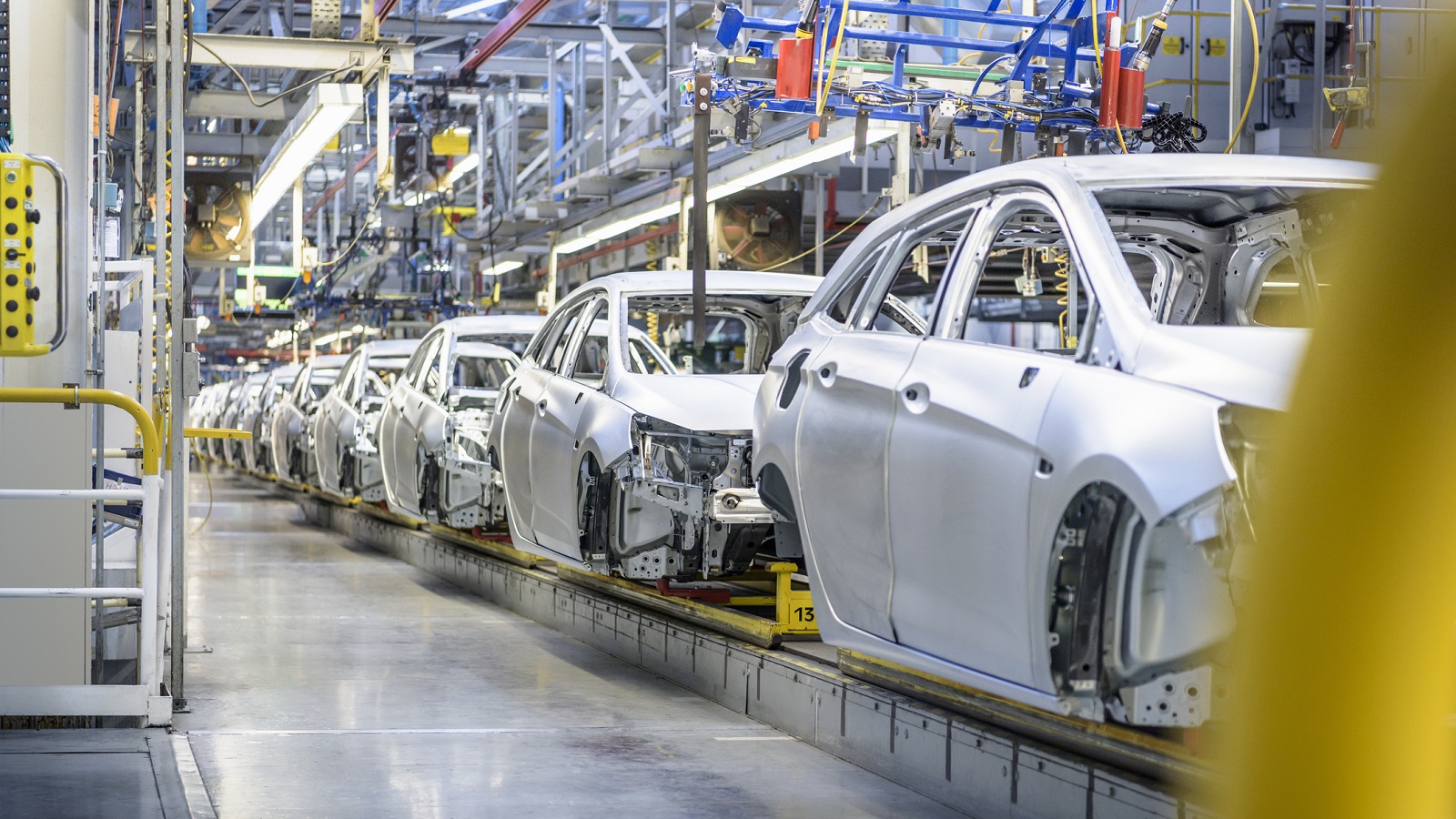Virtual Reality Systems Boost Workplace Efficiency
When words may not be understood, how about a picture? Visualization tools can help overcome language and other communication barriers.
With workplaces growing more diverse and spread out across the globe, manufacturers are increasingly turning to virtual reality and other visualization tools to improve the flow of information and help workers make smarter and faster decisions.
Such tools are an effective way to synthesize different data sources and make them available to a broader range of decisionmakers, especially when experience, skills, culture and language play a part in product decisionmaking. In the U.S. alone, the number of foreign born workers will increase from 12% of the workforce today to more than 20% by 2050, according to the Pew Research Center.
Most manufacturing firms operate in increasingly complex environments. The density and complexity of technology are growing, and global manufacturing operations are becoming less vertically integrated to take advantage of skills and resources outside the organization. Both of these trends call for better sharing of information across skill sets, languages and national borders.

Sign up for Kiplinger’s Free E-Newsletters
Profit and prosper with the best of expert advice on investing, taxes, retirement, personal finance and more - straight to your e-mail.
Profit and prosper with the best of expert advice - straight to your e-mail.
Furthermore, companies in the U.S., Europe and Japan face a demographic challenge as aging workers retire, causing many organizations to lose expertise honed over many years.
Visual information adds value by connecting workers and corporate disciplines that, until now, have lacked a common platform for interaction.
Note two examples:
Koenig & Bauer AG, which manufactures large and complex printing presses, uses a geometric search engine. It enables design engineers to search the firm’s database of more than 220,000 parts to identify similar parts based on their shape. This saves money by increasing reuse of certain parts in new machine designs instead of creating new ones.
And technology giant Intel has designed and operates a virtual world data center. The ability to view and interact with the center remotely saves the company a lot of time. And virtual hookups significantly reduce the need for travel by staff and clients.
Get Kiplinger Today newsletter — free
Profit and prosper with the best of Kiplinger's advice on investing, taxes, retirement, personal finance and much more. Delivered daily. Enter your email in the box and click Sign Me Up.
-
 Stock Market Today: Stocks Soar on China Trade Talk Hopes
Stock Market Today: Stocks Soar on China Trade Talk HopesTreasury Secretary Bessent said current U.S.-China trade relations are unsustainable and signaled hopes for negotiations.
By Karee Venema
-
 2026 Disney Dining Plan Returns: Free Dining for Kids & Resort Benefits
2026 Disney Dining Plan Returns: Free Dining for Kids & Resort BenefitsPlan your 2026 Walt Disney World vacation now. Learn about the returning Disney Dining Plan, how kids aged three to nine eat free, and the exclusive benefits of staying at a Disney Resort hotel.
By Carla Ayers
-
 What To Know if You’re in the Market for a New Car This Year
What To Know if You’re in the Market for a New Car This YearThe Kiplinger Letter Buying a new car will get a little easier, but don’t expect many deals.
By David Payne
-
 Will Lower Mortgage Rates Bring Relief to the Housing Market?
Will Lower Mortgage Rates Bring Relief to the Housing Market?The Kiplinger Letter As mortgage rates slowly come down here's what to expect in the housing market over the next year or so.
By Rodrigo Sermeño
-
 Car Prices Are Finally Coming Down
Car Prices Are Finally Coming DownThe Kiplinger Letter For the first time in years, it may be possible to snag a good deal on a new car.
By David Payne
-
 New Graduates Navigate a Challenging Labor Market
New Graduates Navigate a Challenging Labor MarketThe Kiplinger Letter Things are getting tough for new graduates. Job offers are drying up and the jobless rate is increasing. Are internships the answer?
By David Payne
-
 When's the Best Time to Buy a Domestic Flight? The Kiplinger Letter
When's the Best Time to Buy a Domestic Flight? The Kiplinger LetterThe Kiplinger Letter A new study by CheapAir.com has crunched the numbers.
By Sean Lengell
-
 Woes Continue for Banking Sector: The Kiplinger Letter
Woes Continue for Banking Sector: The Kiplinger LetterThe Kiplinger Letter Regional bank stocks were hammered recently after news of New York Community Bank’s big fourth-quarter loss.
By Rodrigo Sermeño
-
 Anxious Flyers Take Note: The Kiplinger Letter
Anxious Flyers Take Note: The Kiplinger LetterThe Kiplinger Letter Whether it's the routes to avoid that have the most turbulence or the safest airline, we've got you covered.
By Sean Lengell
-
 The Auto Industry Outlook for 2024
The Auto Industry Outlook for 2024The Kiplinger Letter Here's what to expect in the auto industry this year. If you’re in the market for a car it won’t be quite as daunting as it was during the pandemic and after.
By David Payne